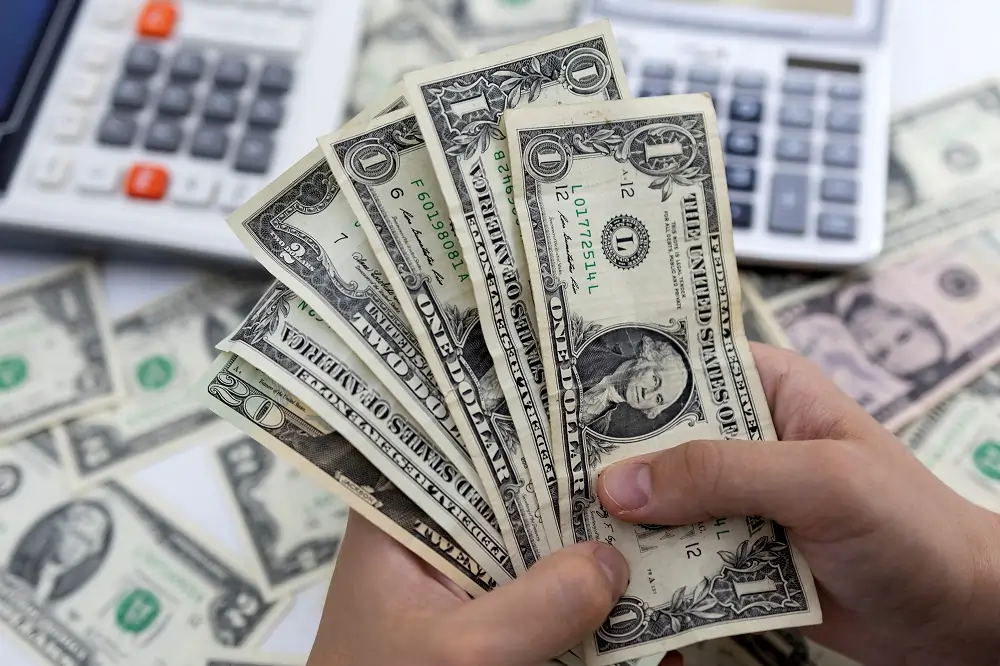
By Karen Brettell
(Reuters) -The dollar dropped on Thursday after data showed headline consumer prices unexpectedly fell in June, with the Japanese yen at one point gaining more than 2% as traders priced in the likelihood that the Federal Reserve will begin cutting interest rates in September.
The sharp gain in the yen increased speculation that Japanese authorities may have intervened to shore up the currency, which fell to a 38-year low against the greenback last week.
Analysts said that while an intervention is possible, the move was likely related to repositioning, with many traders being caught on the wrong side of the market.
“I’d say most likely it’s position squaring rather than any official moves,” said Steve Englander, head of global G10 FX research and North American macro strategy at Standard Chartered Bank in New York.
Englander noted that long dollar/yen positions have accumulated due to the large interest rate advantage in the U.S. relative to Japan, but the rate differential will shrink now that a September rate cut is highly probable.
Thursday’s data showed the consumer price index dipped 0.1% last month after being unchanged in May, and posted an annual gain of 3%, the smallest in a year.
Core prices rose 0.1% in June, for an annual gain of 3.3%.
Fed Chair Jerome Powell said this week he was not ready to conclude that inflation is moving sustainably down to 2% though he has “some confidence of that.”
Unexpectedly elevated inflation in the first quarter raised concerns that it will take longer for prices to recede than previously thought.
There have also been worries that it would be more difficult for inflation to continue to recede compared to 2023, following improvement in the second half of last year.
“The question was, could we match or beat it to keep the year-on-year disinflation path going down,” said Englander, but “this was a pretty decisive” improvement.
Some softer details in Friday’s employment report for June have also bolstered the case for rate cuts.
Traders are pricing in an 89% probability of a rate cut in September, up from 73% on Wednesday, according to the CME Group’s FedWatch Tool. A second cut is also likely by December.
The dollar index was last down 0.58% at 104.36 and got as low as 104.07, the lowest since June 7.
Against the yen, the dollar was down 1.94% at 158.52 after hitting 157.4, the weakest since June 17.
The euro rose 0.38% to $1.0872 and reached $1.090, the highest since June 7.
Sterling hit an almost one-year high as comments from Bank of England policymakers and better-than-forecast GDP data led traders to reduce bets on an August rate cut in Britain.
BoE chief economist Huw Pill said on Wednesday price pressures remained persistent and Thursday data showed British economic output increased by 0.4% in May, above expectations.
The pound was last up 0.57% at $1.2916 and reached $1.2947, the highest since July 27, 2023.
In cryptocurrencies, bitcoin gained 0.85% to $57,887.
(Reporting By Karen Brettell; Editing by Toby Chopra, David Evans and Richard Chang)


